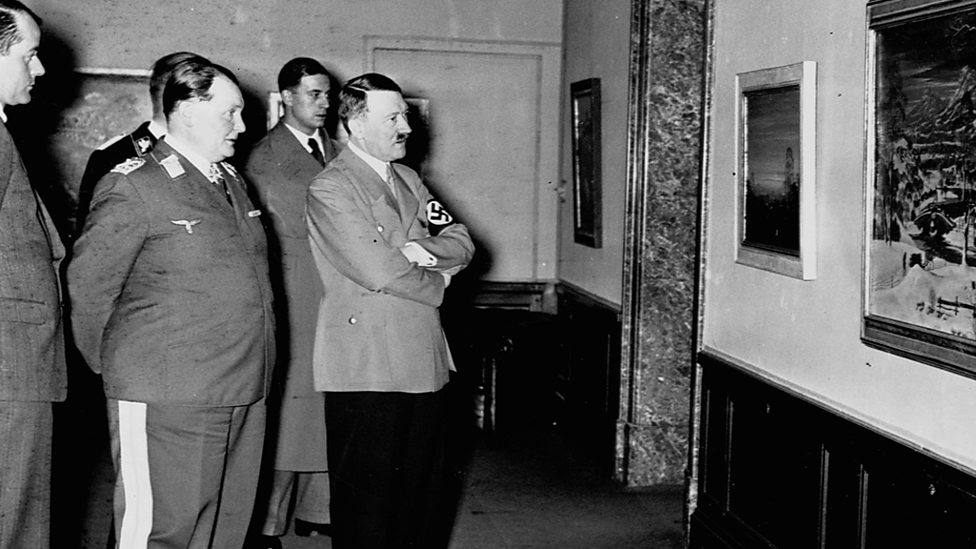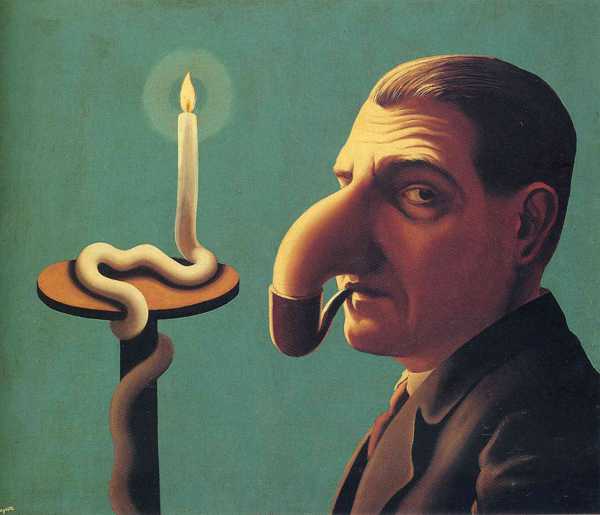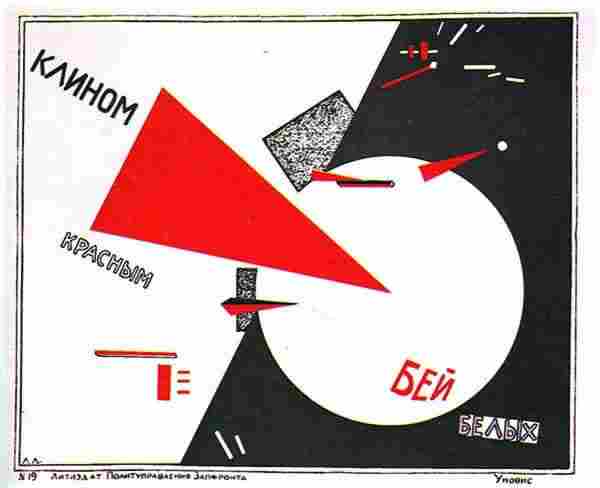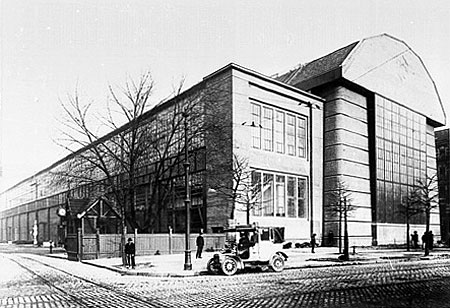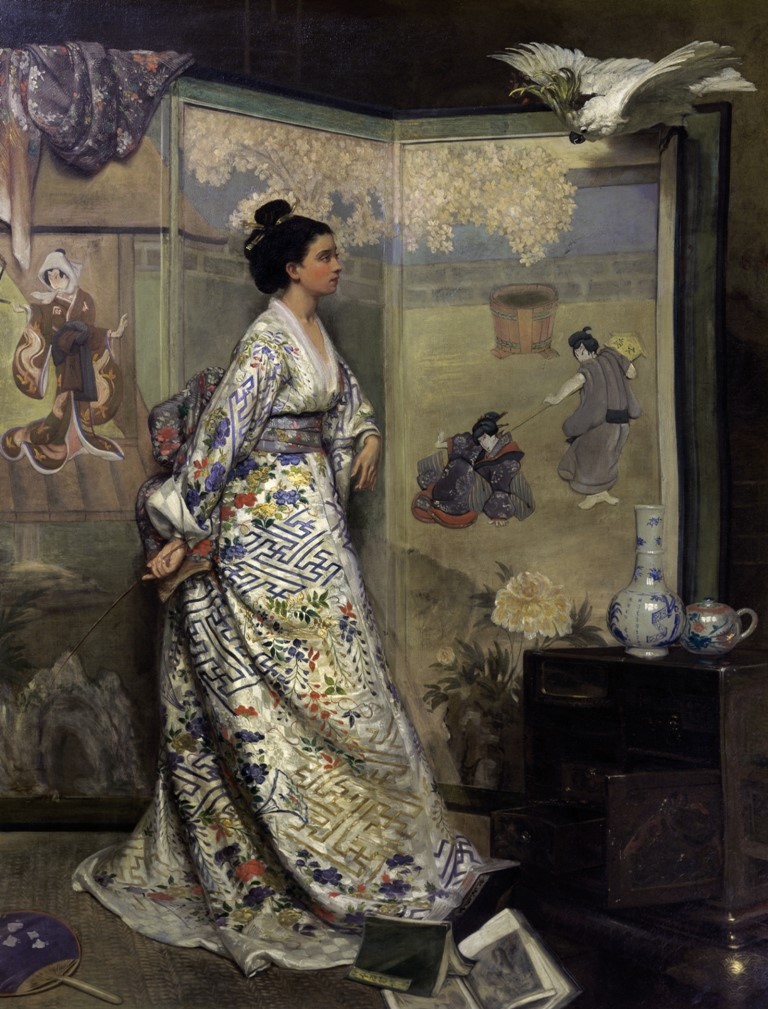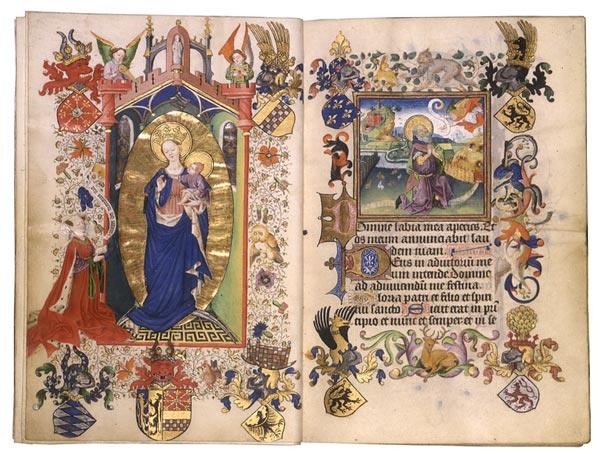Fortune and the Führer (1930-1945)
Summary:
In this week’s lecture, we learned about the Great Depression, the Second World War, and European designers in America. During the Great Depression in America, many jobs were created by the US Works Progress Administration in an attempt to stimulate the economy. These included the Farm Security Administration (an organization that tried to improve the lifestyle of American farmers during the depression) and commissioning artists to create posters for public services/events. In 1933, the Nazi party was elected in Germany and they used extensive propaganda to spread their racist goals and ideals. Artists, such as Helmut Franz Josef Herzfield aka John Heartfield, were named Degenerate artists as Hitler believed that modern art was bad.
Several European designers including Herbert Bayer and Jan Tschichold fled to America when World War 2 broke out. Edward McKnight Kauffer, as well as many other artists, were involved in creating posters for World War 2. Walter Paepcke, the son of a German immigrant, founded the Container Corporation of America (CCA) and hired many European designers to design his posters. Such as A.M. Cassandre, Jean Carlu, and Herbert Bayer. Fortunato Depero was another designer who moved to the US.

